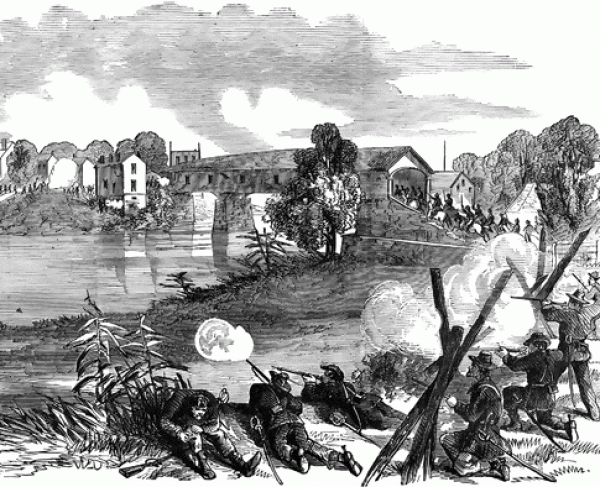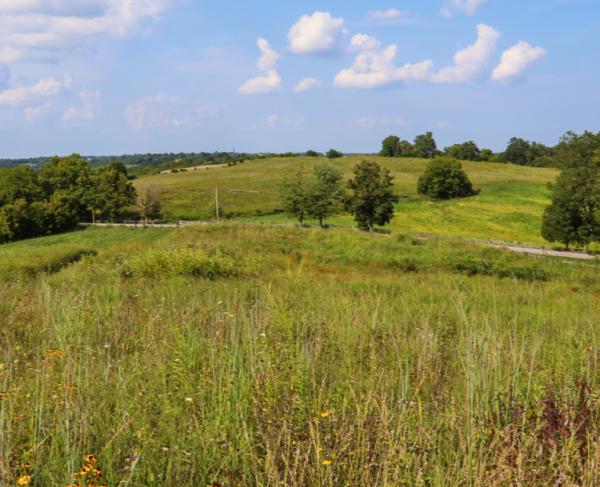10 Facts: Perryville
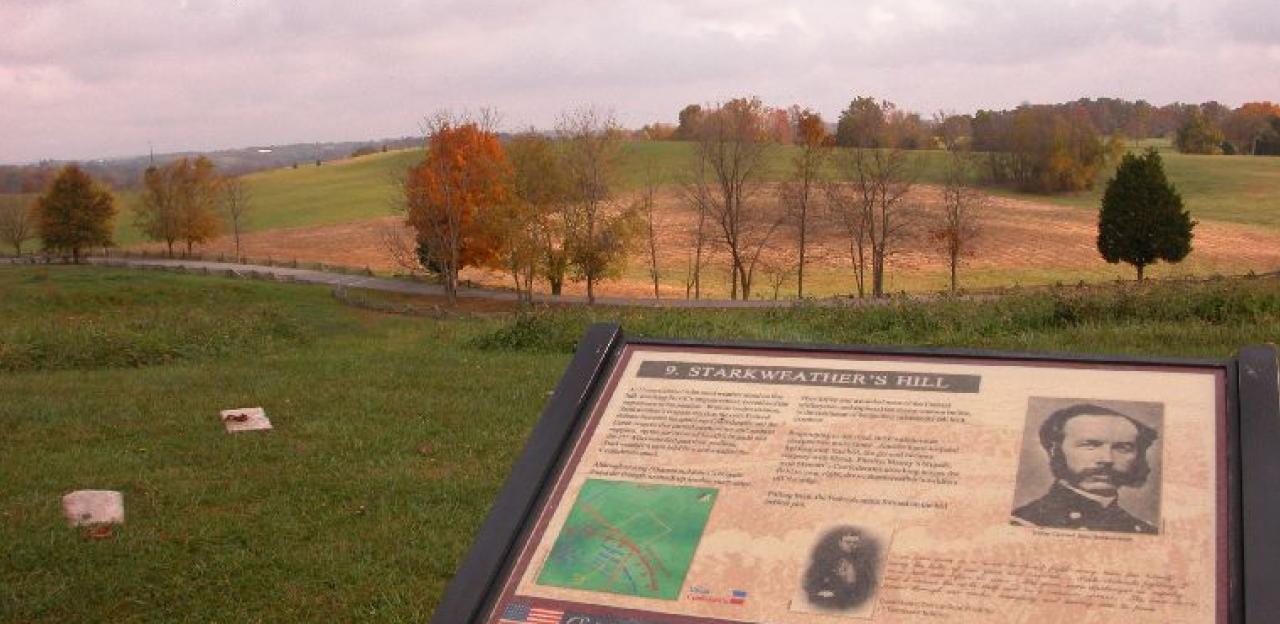
Despite being the Confederate high-water mark of the Western Theater and one of the most important battles of the American Civil War, most people, including many Civil War buffs, know little about the Battle of Perryville. Consider these 10 facts about this watershed battle in the western theater.
Fact #1: Perryville was the largest battle fought in the State of Kentucky.
There were 72,196 combatants (55,396 Union and 16,800 Confederates) in the area during the Battle of Perryville. Of this total, 20,000 Union troops and 16,000 Confederates engaged in combat during the battle. These large numbers make Perryville the largest battle to have been fought in the Bluegrass State.
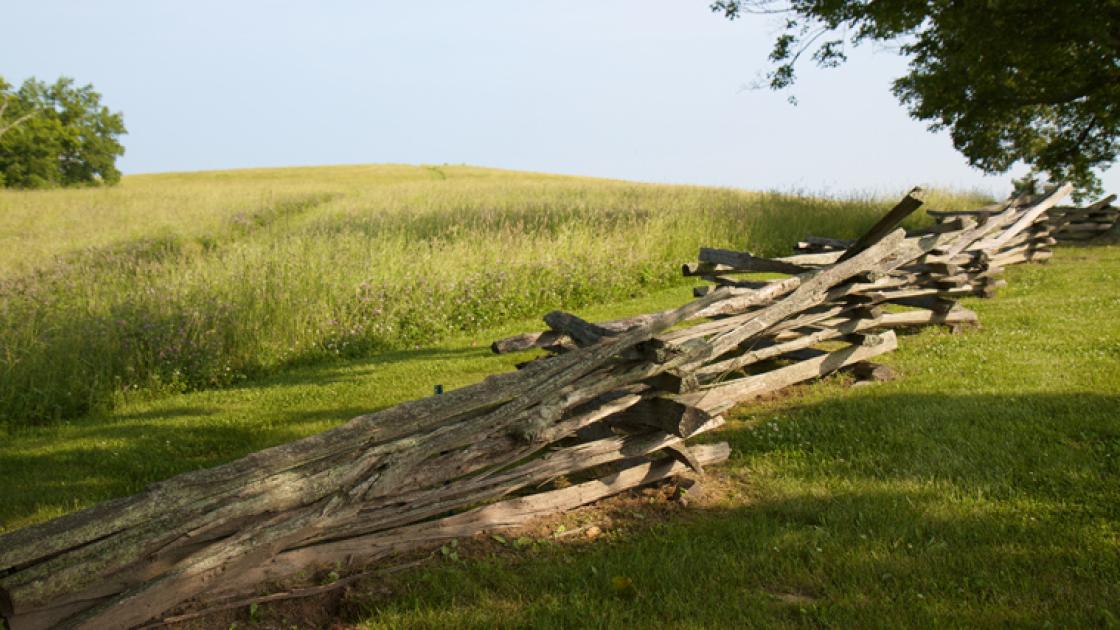
Interesting to note that there were 21 different states represented within the forces present at Perryville. In the battle there were soldiers from Alabama, Arkansas, Florida, Georgia, Illinois, Indiana, Kansas, Louisiana, Michigan, Minnesota, Missouri, Mississippi, North Carolina, New York, Ohio, Pennsylvania, Tennessee, Texas, Virginia, and Wisconsin.
Fact #2: Perryville is considered the "High Water Mark" for the Confederacy in the West.
Much as Gettysburg is to the Eastern Theater, the Battle of Perryville proved to be the most northerly major battle of the Civil War in the Western Theater. According to historian Ken Noe, "Only after dark did Bragg realize that he had taken on Buell’s entire army at Perryville. Notably, Joe Wheeler tardily reported that an entire Federal corps lay southwest of town, poised to strike. Bloodied and outnumbered, facing thousands of fresh Federal troops, he first fell back during the night to his supply depot at Camp Dick Robinson, only to discover that there was little food or forage collected there. Moreover, Bragg was now furious that Kentuckians had not come forward to fight for the Confederacy, as so many including Kirby Smith had promised him. That combination of factors convinced Bragg to fall back to Tennessee, where he could rebuild and resupply his army."
So despite winning a tactical victory at Perryville, the Confederates were forced to abandon their 1862 Heartland Campaign (a strategic defeat). The Union victory at Perryville helped ensure that Kentucky would remain in Northern hands throughout the rest of the war.
Fact #3: At its time, Perryville was the second bloodiest battle of the Western Theater.
The Battle of Perryville produced 7,621 total casualties (4,220 Union and 3,401 Confederate). Of this number, 1,422 soldiers were killed in the battle and 5,534 were wounded. When you add in the soldiers who died later of wounds suffered at Perryville, the number of men who lost their lives as a result of fighting at Perryville comes to 2,377. This high casualty figure made Perryville the second bloodiest battle of the Western Theater (after Shiloh) in the Fall of 1862.
Of the units involved in the fighting at Perryville, the 22nd Indiana (195 casualties out of 300 - 65.3% of their force) and the 16th Tennessee (219 casualties out of 370 engaged - 59.2% of their regiment) suffered the highest percentage of casualties.
Fact #4: A severe drought in the region drew the two armies to the Perryville region.
According to historian Ken Noe, "In the autumn of 1862, the upper south west of the Appalachians and Midwest were locked in the worst drought in memory. So severe was the drought that when they arrived in Louisville, some of Buell’s Hoosiers just kept walking, across the Ohio River toward home. Indeed both armies had marched north into Kentucky absolutely desperate for water, and as a result the men were both dehydrated and sick due to the microbes they had ingested by drinking anything wet. Good water was a prize. On October 7, when Bragg directed Polk to stop and eliminate the pursuing Federal threat, he reunited his force in Perryville, taking tactical advantage of the hills west of town but also guarding a series of springs as well as the puddles in the bed of the Chaplin River."
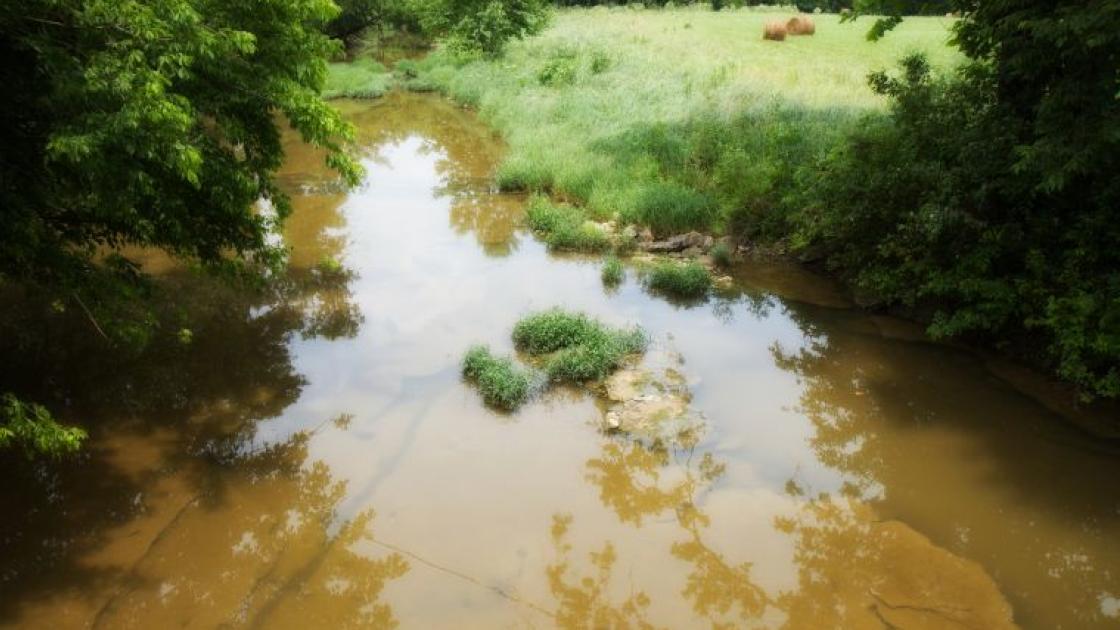
Fact #5: Despite greatly outnumbering their Confederate opponent, only one of the three Union corps at Perryville was significantly engaged in the battle.
Don Carlos Buell's Army of the Ohio included three Federal corps, totaling 55,396 soldiers. This total greatly exceeded Bragg's Confederate forces which numbered around 16,800. Despite this great numerical superiority only one of the three Union corps actively engaged in combat at Perryville - Alexander McCook's First Corps.
Why did the Union army fail to employ its full force at Perryville? Maj. Gen. Don Carlos Buell, recuperating from a recent fall from his horse, was far from the battlefield and an acoustic shadow prevented him from hearing the heavy gunfire coming from the battlefield. Resting on his cot and preparing for an attack the next day, Buell was dismissive of reports describing the heavy fighting. Buell's failure to act in a timely manner earned him many enemies within his own army.
Fact #6: Famous Confederate diarist Sam Watkins declared Perryville the "hardest fighting" that he experienced.
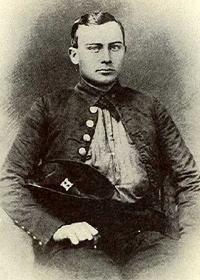
Sam Watkins, a soldier in the First Tennessee, fought in every major battle that this Confederate unit was engaged in - Shiloh, Corinth, Stones River, Chickamauga, Chattanooga, the Atlanta Campaign, Franklin, and Nashville. In his famous memoirs published shortly after the war, Company Aytch, Watkins said of Perryville that "I was in every battle, skirmish and march that was made by the First Tennessee Regiment during that war, and I do not remember of a harder contest and more evenly fought battle that of Perryville."
Later in his account, Watkins, whose First Tennessee was locked in a hand-to-hand struggle for four Union cannon, stated that "[s]uch obstinate fighting I never had seen before or since...the iron storm passed through our ranks, mangling and tearing men to pieces." At Perryville, Watkins would find that both his hat and cartridge box had been holed by enemy fire...making him one of the lucky ones.
And on the other end of the Confederate command spectrum, Gen. Braxton Bragg also commented, "[f]or the time engaged it was the severest and most desperately contested engagement within my knowledge."
Fact #7: Small quantities of Henry repeating rifles were used at Perryville, probably the first time one was used in combat.
According to historian and Perryville Park manager Kurt Holman, archaeological evidence shows that at least one Henry Rifle was employed during the Battle of Perryville. These rifles were being sold in Louisville in September 1862 and it is assumed that one was bought by an officer or soldier in Terrill's or Starkweather's Brigade and used in the battle.
Repeating rifles like the Henry and Spencer were the most advanced infantry weapons of their day and were the progenitors of more capable assault weapons that were carried by American soldiers in future wars.
The Henry, which was the forerunner of the famous Winchester, lever-action rifles of Wild West fame, was one of the first repeating rifles of the Civil War.
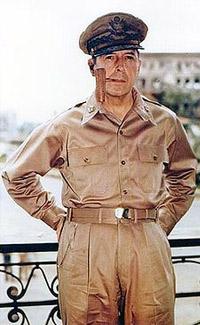
Fact #8: Two officers who fought at Perryville were fathers of significant World War Two generals.
Simon B. Buckner was the commander of one third of the Confederate Army at Perryville. Buckner's son, Simon B. Buckner, Jr., a Lt. General in charge of American land forces on the island of Okinawa, was killed by Japanese artillery on June 18, 1945. Buckner was the most senior American military officer killed by enemy fire in World War Two.
Perryville was the first battle for a young officer in the 24th Wisconsin. Arthur McArthur, who would later earn the Medal of Honor for his exploits at the Battle of Missionary Ridge, was the father of Douglas MacArthur who would go onto great fame in World War Two and Korea. Arthur and Douglas both received the Medal of Honor, one of only two father-son combinations to have done so.
Fact #9: The Perryville Battlefield has the maybe the first monument dedicated to Confederate dead paid for by the United States government.
After the conclusion of the Battle of Perryville, a house owned by a farmer Goodnight was turned into a hospital for wounded Confederate soldiers. Roughly 30 Confederate soldiers expired at this site and were buried nearby. In the late 1880s a monument was erected at this site commemorating the Confederate war dead. On the monument itself are the words - "erected by the United States."
Fact #10: The Perryville State Battlefield Site was established on October 8, 1954, ninety years after the battle.
Despite the great importance of this Civil War battle, Perryville went largely unprotected late into the 19th century. With resources going more towards Shiloh, Chickamauga, and Vicksburg, Perryville was largely left to fend for itself. By 1952, the site's condition had become so poor that the local Perryville Lions Club finally stepped in to help rehabilitate the small Confederate cemetery at Perryville and the surrounding area. The Lions Club went on to convince the Kentucky State Conservation Commission to step in and create a state park. On October 8, 1954, former Vice President Alben Barkley officially opened the Perryville State Battlefield Site.
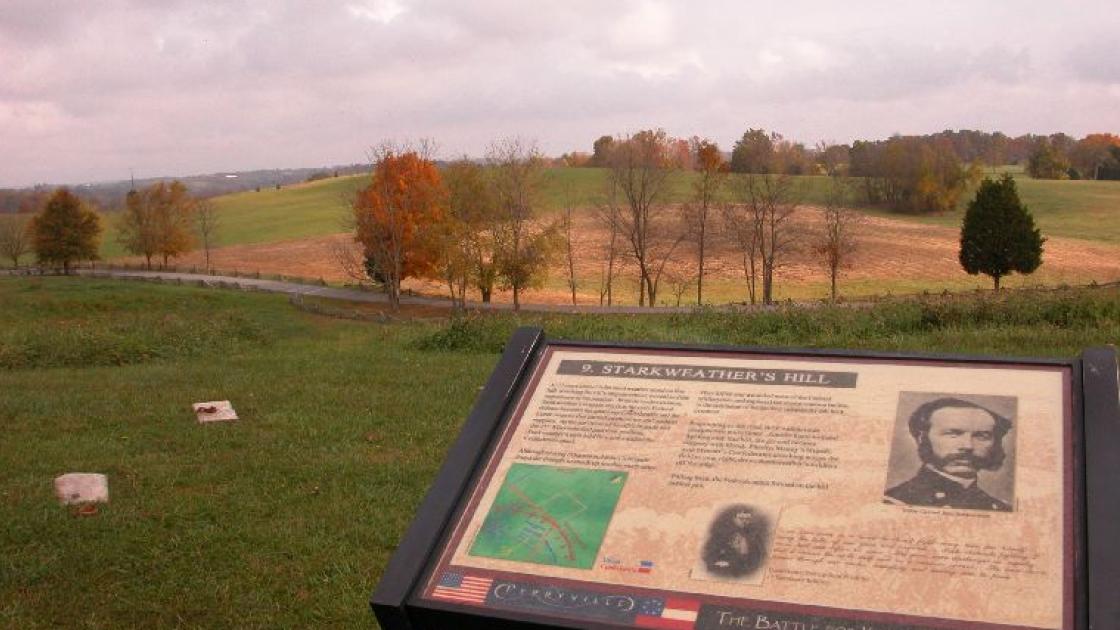
From its initial 18-acre boundary, the Perryville State Battlefield Site has grown to encompass over 1,000 acres of this historic battlefield. The American Battlefield Trust is proud to have played an important role in helping to expand the amount of preserved battlefield land at this well-maintained site.
Learn More: War in the West
Related Battles
4,211
3,401
